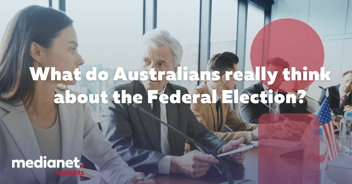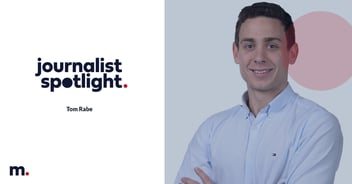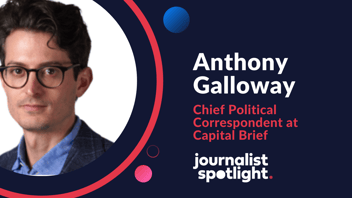Who can claim slogan supremacy?
In the modern age of politics, fast news, click-bait and sound bites, slogans in political campaigns have become more important than ever. In just a matter of words they can capture the mood of a country, sum up a party’s ethos and entrench the brand of a political leader. Even those of us across the Pacific still recall Barack Obama’s renowned presidential campaign of hope summed up in the ever-inspiring slogan “Yes we can.”
So did our local pollies get the same traction as Obama? We had a look at the two official slogans deployed by Labor and the Coalition and how they’ve played out in mainstream media since the announcement of the election.
Bill Shorten “A Fair Go for Australia” (173 stories)
Bill Shorten has summed up the Labor party tilt for leadership with the unassuming “Fair Go for Australia”. The slogan touches on Labor’s promise to representing all Australians, particularly the working class, health and education workers and the disadvantaged, hinting that under the Coalition government, these people may not have had a “fair go” thus far.
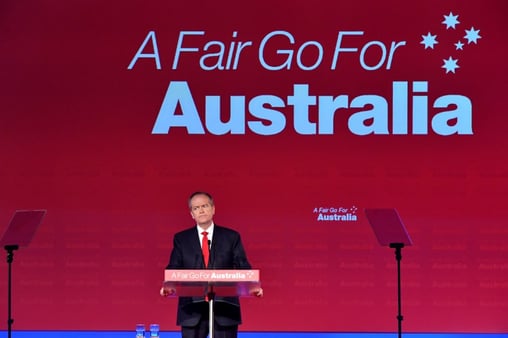
Scott Morrison “Building Our Economy” (33 stories) and “Securing Your Future” (7 stories)
There’s no mystery around Morrison’s slant here. The Liberals are driving the age-old argument that Labor can’t be trusted to manage the economy, whereas the Liberals have the policies that will grow and “build” the economy. Adding in a second line, “Securing Your Future” reinforces this notion that only the Liberals can be trusted to keep Australia stable and economically viable for future generations.
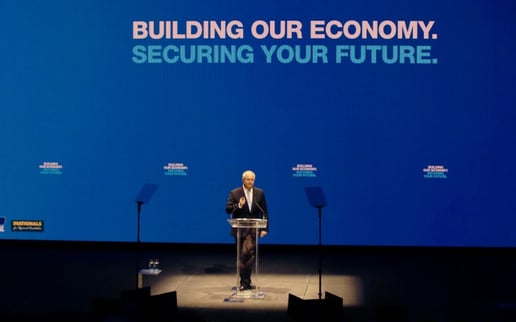
Who won the press?
Our analysis identified at least 173 news stories in Australian metropolitan newspapers mentioning Shorten’s “Fair Go” slogan. In contrast, slogans coming from Morrison had significantly less traction. “Build/Building our economy” had 33 hits in major metropolitan newspapers, while “Secure Your Future” achieved a modest 7 mentions. This doesn’t come close to the cut-through for Labor’s official slogan.
What lies behind the results?
While it appears Shorten won the battle for media coverage of the official party slogan, a closer look at the results shows that does not necessarily mean he’s won over the media. Interestingly, the paper predominantly publishing his slogan was The Australian, with 16 mentions running in the ‘Comment’ and ‘Letters to the Editor’ sections of the paper. Not all of these were endorsement, and in some cases, commentators derided Shorten for Labor’s ‘unfair’ policies.
The lack of attention shown to Morrison’s primary slogan also doesn’t necessarily prove that he lost the battle for slogan supremacy. Morrison’s secondary messaging was more in line with the Coalition’s primary slogan, with “A Stronger Economy”, achieving 44 hits in metropolitan newspapers.
Aside from “Fair Go”, Shorten promoted the disunity in the Coalition with the phrases “End the Chaos”, “Coalition of Chaos”, and “Cuts and Chaos”. However, these slogans had less individual uptake with only 10 stories, 27 stories and 29 stories respectively.
It appears that positive proactive campaigning works better for both parties.
Broadly speaking, Shorten and his Labor party have won, at least in terms of media traction for his party slogans. However, it remains to be seen whether exposure alone will have a tangible impact on the election outcome.


